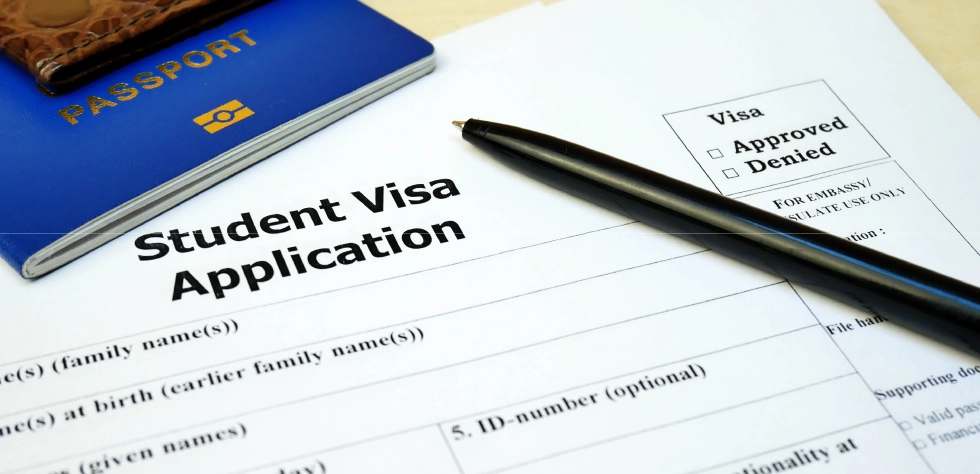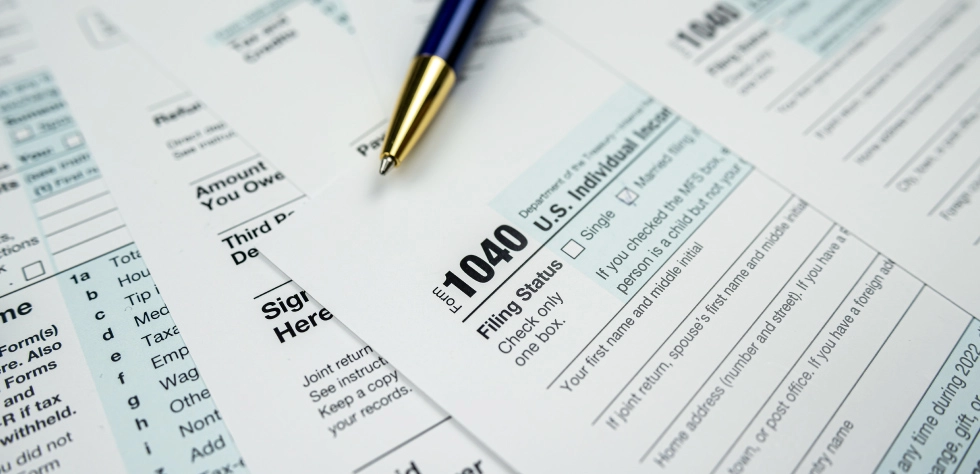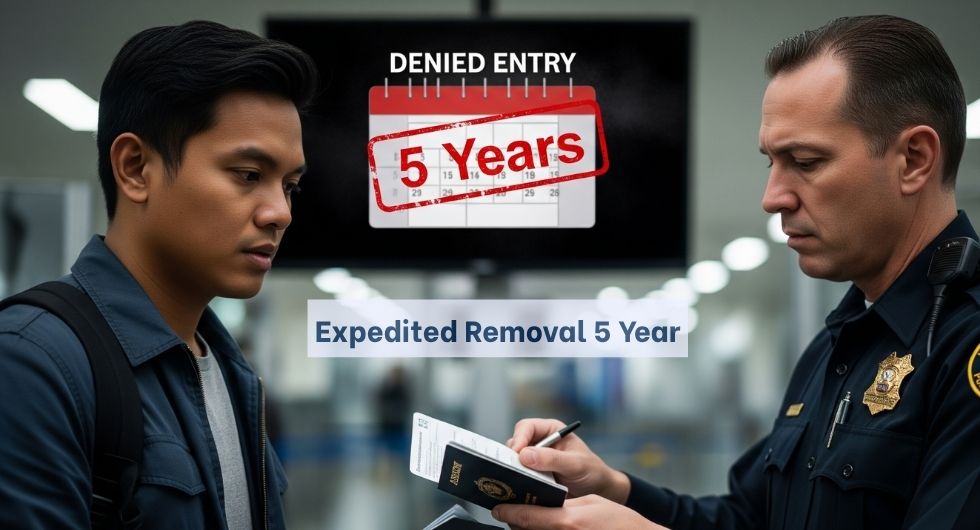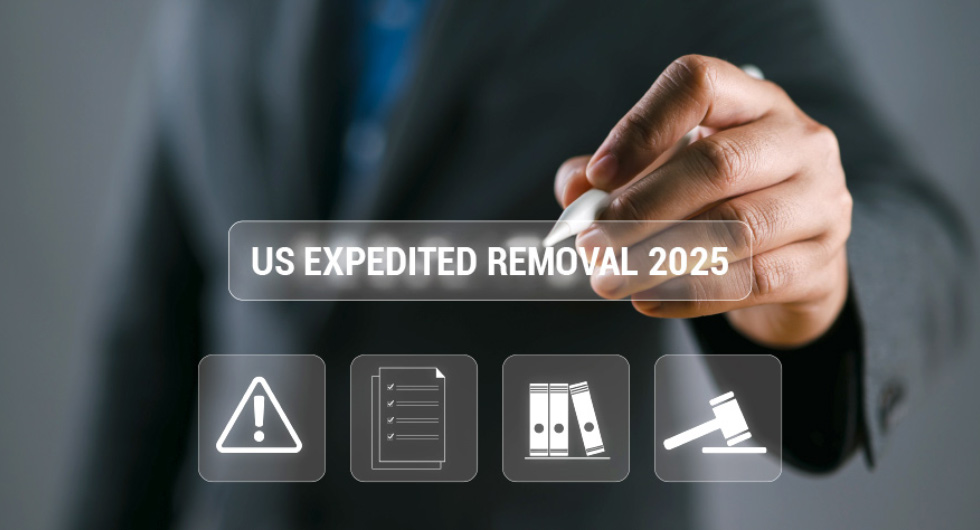Country of Tax Residence F1 Students: Avoid Tax Mistakes

Defining your country of tax residence F1 students This is not only a technicality but a key step to prevent expensive tax errors. Understanding whether you’re considered a resident or non-resident alien can influence what income you have to report, what forms you have to file and whether you are able to claim tax treaties.
This guide helps you understand your tax status, how it's determined, and how to avoid common pitfalls related to your country of tax residence for F1 student.
1. Understanding F1 Students
It is worth reviewing the fundamentals of F1 visa status first to know your tax requirements as an international student, as this is one of the major factors that determine your country of tax residence F1 student.
1.1. What is an F1 visa?
F1 visa is a non-immigrant visa issued to foreign students who study on a full-time basis, in either academic or language programs in the U.S. and in institutions registered under the Student and Exchange Visitor Program (SEVP). F1 status permits restricted employment (e.g. on-campus employment, OPT or CPT) with appropriate authorization.

Country of tax residence F1 student explained through F1 visa status and tax rules
1.2. Rights and obligations of F1 students
F1 students are authorized to:
- On-campus work is permitted with limitations, such as maximum hours during school sessions.
- Students can take part in CPT or OPT after one academic year, and only with the appropriate approval of the USCIS or DSO.
- F1 students may bring dependents to the U.S. under F2 status.
At the same time, they must:
- Enroll full-time unless permitted to take Reduced Course Load under special circumstances.
- Refrain from unauthorized employment, including off-campus jobs, unless they have received the necessary permission.
- Report change in personal information to DSO like address, program, or school.
- You can use Form 8843, and other appropriate tax forms, even where no income was received, and where, in particular, you are physically in the U.S., to report your country of tax residence F1 student status correctly.
If you’re preparing to study in the U.S. and have questions about your F1 visa or tax obligations, UOM is here to guide you every step of the way.
2. What is Country of Tax Residence?
Your tax residence is the country in which you are legally a tax resident, i.e., you must report income and pay taxes, on either your global income or on income only from that country, depending upon local tax regulations.
For an F1 student, determining your country of tax residence F1 student is especially important because:
- It determines the nature of income you must report U.S.-source income (and only) or global income.
- It also establishes whether you are entitled to the benefits of the tax treaty between the U.S. and your country of residence.
- It affects which tax forms you must file and how to fill them out accurately
In short, correctly identifying your country of tax residence F1 student helps you stay compliant, avoid double taxation, and potentially reduce your tax burden.

Country of tax residence F1 student and why it matters for international students
3. F1 Students: Tax Resident or Non-Resident?
To determine your country of tax residence for f1 student, the IRS classifies you as either a resident alien or a nonresident alien. This status has an impact on the income that you will report, the forms that you will file, and the tax treaty benefits that you are entitled to.
IRS Tax Residency Categories
- Resident Alien: You meet the Green Card Test or the Substantial Presence Test (SPT)
- Nonresident Alien: You don’t meet either of these tests
F1 Students and the “Exempt Individual” Rule
Most F1 students are considered exempt individuals for the first 5 calendar years they are in the U.S.:
- You do not count days toward the SPT
- You’re typically treated as a nonresident alien
- Your country of tax residence F1 student is usually your home country.
Even if you live in the U.S. for the full year, you’re still a nonresident for tax purposes during these five years.
After 5 Years: Apply the Substantial Presence Test
Once you’ve been in F1 status for more than five years:
- You are no longer exempt
- You must apply the SPT to determine if you're a resident alien, which will affect your country of tax residence F1 student status.
Substantial Presence Test (SPT) Formula:
Add up your physical presence in the U.S. over the past 3 years:
- Current year: Count all days
- Last year: Count 1/3 of days
- Two years ago: Count 1/6 of days
If the total is 183 days or more, you’re generally a resident alien for tax purposes, and your country of tax residence F1 student may shift to the U.S.
Navigating tax residency rules can be complex—UOM provides personalized support to help you avoid mistakes and stay compliant.

Country of tax residence F1 student with IRS resident and nonresident rules
4. How to Determine Your Country of Tax Residence F1 Student
Determining your country of tax residence F1 student involves the following steps:
Step 1: Check If You Are an Exempt Individual
For the first five calendar years in F1 status, you are generally considered an exempt individual. During this period, you are treated as a nonresident alien, and your tax residence remains your home country.
Step 2: Apply the Substantial Presence Test (SPT) After Five Years
If you have been in the U.S. on an F1 visa for more than five years, you must apply the Substantial Presence Test to determine your residency:
- Calculate your days of presence using the formula:
- All days present in the current year × 1
- Plus 1/3 of the days present in the previous year
- Plus 1/6 of the days present two years prior
- If the total equals or exceeds 183 days, you are considered a resident alien for tax purposes.
Step 3: Consider Closer Connection Exception
Even if you fail the SPT, you can still remain a nonresident by demonstrating a closer connection to your home country (e.g., permanent home, family ties) and filing Form 8843 annually.
Step 4: Understand Your Tax Home
To further delineate the meaning of residency, the IRS relies on the concept of a tax home, particularly capital gains and other special tax provisions. Your primary business or residence is normally referred to as your tax home.
Step 5: Handle Dual Residency and Tax Treaty Tie-Breaker Rules
If you qualify as a resident in both the U.S. and your home country, tax treaties provide tie-breaker rules to determine your primary tax residence and avoid double taxation.
Step 6: Use IRS Examples and Resources
The IRS provides detailed examples illustrating how F1 students transition from nonresident to resident alien status and how to apply the SPT correctly.
File Required Tax Forms
- Form 8843: Mandatory for all F1 students even if you have no income, especially to claim exempt individual status.
- Form 1040NR or 1040NR-EZ: For nonresident aliens with U.S.-source income.
- Form 1040: For resident aliens reporting worldwide income.
- Form 8833: For disclosing tax treaty positions when applicable.

Country of tax residence F1 student steps to determine residency and filing forms
5. U.S. Tax Filing Obligations Based on Tax Residency
Tax Filing depending on residency:
- Nonresident Aliens:
- File Form 8843 every year, even with no income, to maintain correct country of tax residence F1 student status.
- If you earn U.S.-source income, file Form 1040‑NR or 1040‑NR-EZ.
- Resident Aliens:
- File Form 1040, reporting worldwide income.
- Eligible for standard deductions and tax credits available to U.S. residents.
Tax Treaties and Dual Residency for F1 Students
Tax treaties can offer significant benefits:
- Many treaties allow exemptions or reduced tax rates on income such as wages, scholarships, or investment earnings .
- Example: Under the U.S.–France treaty, a French student may exclude the first $5,000 of U.S.-earned income .
- If deemed a dual-resident, a treaty’s tie‑breaker provisions help clarify which country is your primary tax residence and affect your country of tax residence F1 student.
- To claim treaty benefits, you may need to file Form 8233 for wages or Form 8833 (Disclosure Statement) with your 1040‑NR return.
6. Common Mistakes F1 Students Make
Here are some common mistakes that many F1 students often make when determining their country of tax residence F1 student status:
- Skipping Form 8843 – even with zero income, it’s mandatory for F1 students considered “exempt individuals” .
- Misunderstanding residency vs. immigration status – many think visa type equals tax residency, which isn’t true.
- Overlooking tax treaty benefits – missing out on exemptions can lead to unnecessary tax liabilities.
- Incorrectly calculating presence – failing SPT due to day count errors or forgetting exemptions.
- Failing to file Form 8833 when claiming treaty benefits – this can result in IRS penalties.
Final Thoughts
To ensure that you do not make expensive tax errors, it is important to properly identify your country of tax residence F1 student. The difference between your filing requirements and your taxpayer obligations can vary considerably whether you are a nonresident alien or a resident alien.. Use the Substantial Presence Test, exemptions, and tax treaty provisions to guide you. Always file required forms like Form 8843, and consult IRS examples or a tax professional if unsure.
For personalized advice and reliable F1 visa assistance, don’t hesitate to contact UOM. Our expert team is committed to helping you enjoy a smooth and successful study experience in the U.S.
View More
If you would like to request an update or have any questions, please contact us at [email protected].
Related Articles












